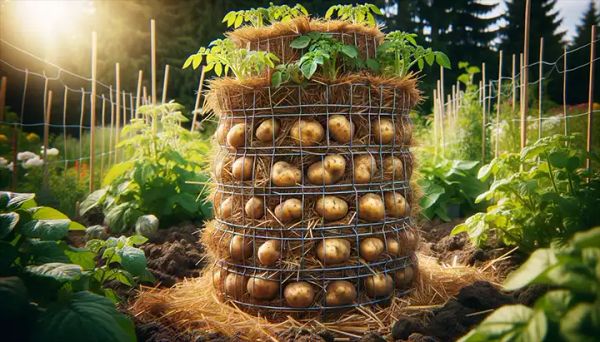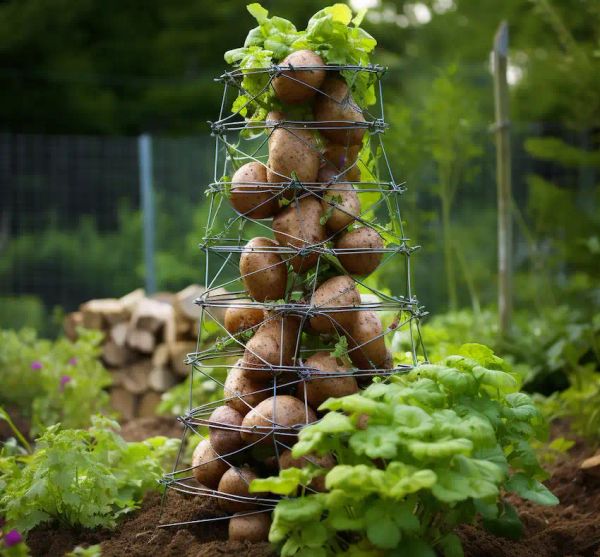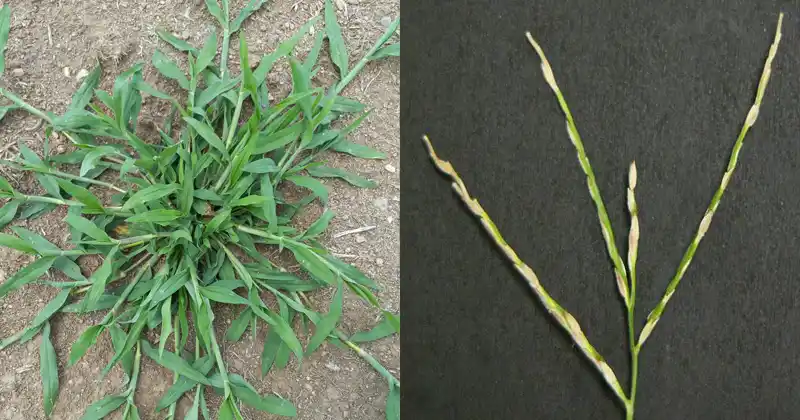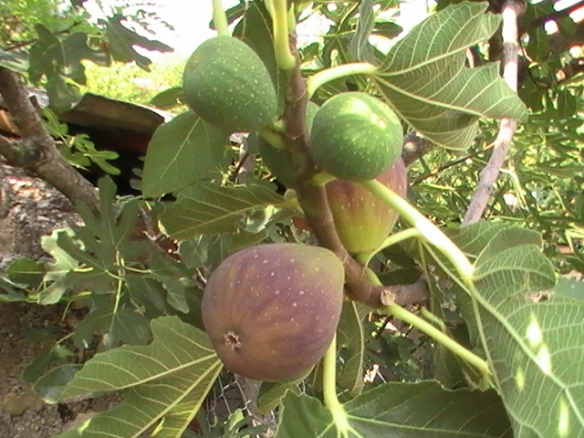Growing potatoes in a small space can be a challenge, but with a potato tower, you can maximize your yield. Potato towers are a great solution for urban gardeners or those with limited garden space. Here’s a detailed guide on how to build one, along with its benefits.
Benefits of a Potato Tower
Saves Space: Potato towers require minimal ground space, making them perfect for small gardens or balconies.
Easy Harvest: Harvesting potatoes from a tower is easier than digging them out of the ground.
Less Risk of Pests and Diseases: Raising the growing medium protects the crop from soil-borne pests and diseases.
Improved Drainage and Aeration: The tower structure allows for better air and water flow, which is crucial for healthy potato growth.
Materials Needed

- Wire fencing or a large mesh cylinder
- Weed-free straw
- Compost and soil
- Seed potatoes
- Watering can or hose
- Gardening gloves
Step-by-Step Guide to Building a Potato Tower
-
Choose a Sunny Location
- Select a spot that receives at least 6 hours of direct sunlight daily for optimal potato growth.
-
Prepare the Tower Structure
- Cut a piece of wire fencing and create a cylinder about 2 to 3 feet in diameter and 3 to 4 feet high.
- Secure the edges to form a sturdy tower.
-
Layer the Base
- Start with a layer of straw at the bottom of the tower for drainage.
- Add a mixture of soil and compost, about 6 inches deep.
-
Plant Seed Potatoes
- Place seed potatoes on the soil layer, with eyes facing upward.
- Space them about 6 inches apart.
- Cover them with another layer of soil and compost.
-
Continue Building Up
- As the potato plants grow, add layers of straw around the sides of the tower and more soil-compost mix to cover the stems.
- Leave only the top few inches of the plant exposed.
- This encourages more potatoes to form along the buried stems.
-
Watering and Care
- Regularly water the tower, keeping the soil moist but not waterlogged.
- Avoid over-watering, as it can lead to rot.
-
Harvesting
- Potatoes are ready to harvest once the foliage starts to yellow and die back.
- Gently remove the straw and soil from the sides of the tower to access the potatoes.

Additional Tips
- Choosing Potatoes: Use certified seed potatoes to reduce the risk of disease.
- Tower Placement: If mobility is a concern, place the tower on a platform with wheels.
- Monitoring for Pests: Regularly check for signs of pests and address them promptly to ensure a healthy crop.
Building a potato tower is a rewarding project for any gardener. It’s an innovative way to grow a staple crop in a small space, with the added benefits of easy care and harvest. By following these steps, you’ll enjoy a bountiful potato harvest that’s both efficient and enjoyable. Happy gardening!






